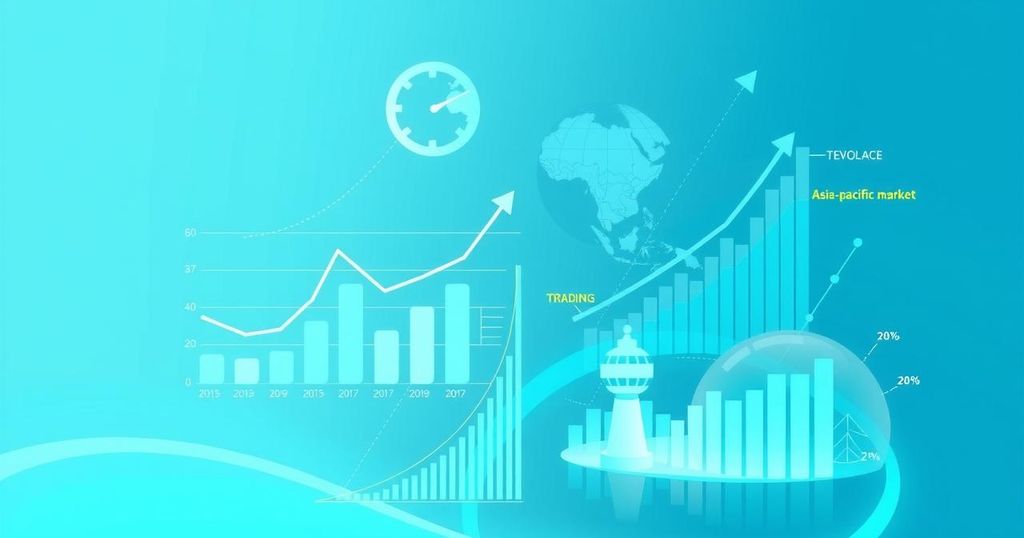Cameroon’s SMEs Experience Decreased Loan Rates Amid Rising Borrowing Costs
In the third quarter of 2024, Cameroon saw its average bank loan rate decrease to 8.29%, primarily benefiting SMEs, which experienced a decline in their average rates from 12.24% to 8.98%. Large companies maintained stable rates, while individual borrowers faced rising costs. This contrast highlights the impact of international financial support for SMEs amidst a tightening monetary policy.
As of the end of the third quarter of 2024, the average bank loan rate in Cameroon decreased to 8.29%, from 8.91% the previous year, as reported by the Bank of Central African States (BEAC). This notable 62-basis-point decline primarily benefited small and medium enterprises (SMEs), which represent 80% of the nation’s businesses.
In contrast to trends affecting other sectors, SMEs and large corporations experienced favorable borrowing conditions. While the loan rate for large companies remained stable at 6.88%, SMEs saw a significant reduction in their average loan rate, falling from 12.24% in September 2023 to 8.98%, marking a 3.26-percentage-point decrease.
The increase in favorable loan conditions for SMEs is not explicitly explained in the BEAC report. However, notable support from international financial institutions—including the International Finance Corporation (IFC), Proparco, and the European Investment Bank (EIB)—has provided crucial financial support to local banks, allowing them to offer more favorable loan terms to SMEs.
Conversely, individual borrowers are facing increasing financial burdens. The average personal loan rate rose to 15.75% by late September 2024, compared to 14.98% the prior year, thereby presenting individual borrowers with rates 6.77 percentage points higher than SMEs. Furthermore, other businesses outside of SMEs and large corporations also saw their loan rates surge, increasing from 14.18% to 18.88%, a 470-basis-point rise.
The rise in borrowing costs for various sectors is attributed to the BEAC’s stringent monetary policy instituted since late 2021. This policy encompasses elevated key interest rates, decreased liquidity inputs, and stricter bank funding conditions, designed to manage inflation. Nevertheless, SMEs have secured improved financing terms due to international lender support, thereby underscoring their importance within the Cameroonian economy.
The reduced loan rates for SMEs in Cameroon, alongside stable rates for large corporations, reflect a significant development in the banking industry, largely aided by international support. In contrast, individuals and non-SME businesses are experiencing rising borrowing costs due to the BEAC’s stringent monetary policy. This divergence emphasizes the crucial role of SMEs in the Cameroonian economy and their enhanced access to credit during a time when borrowing costs are escalating for other sectors.
Original Source: www.businessincameroon.com




Post Comment